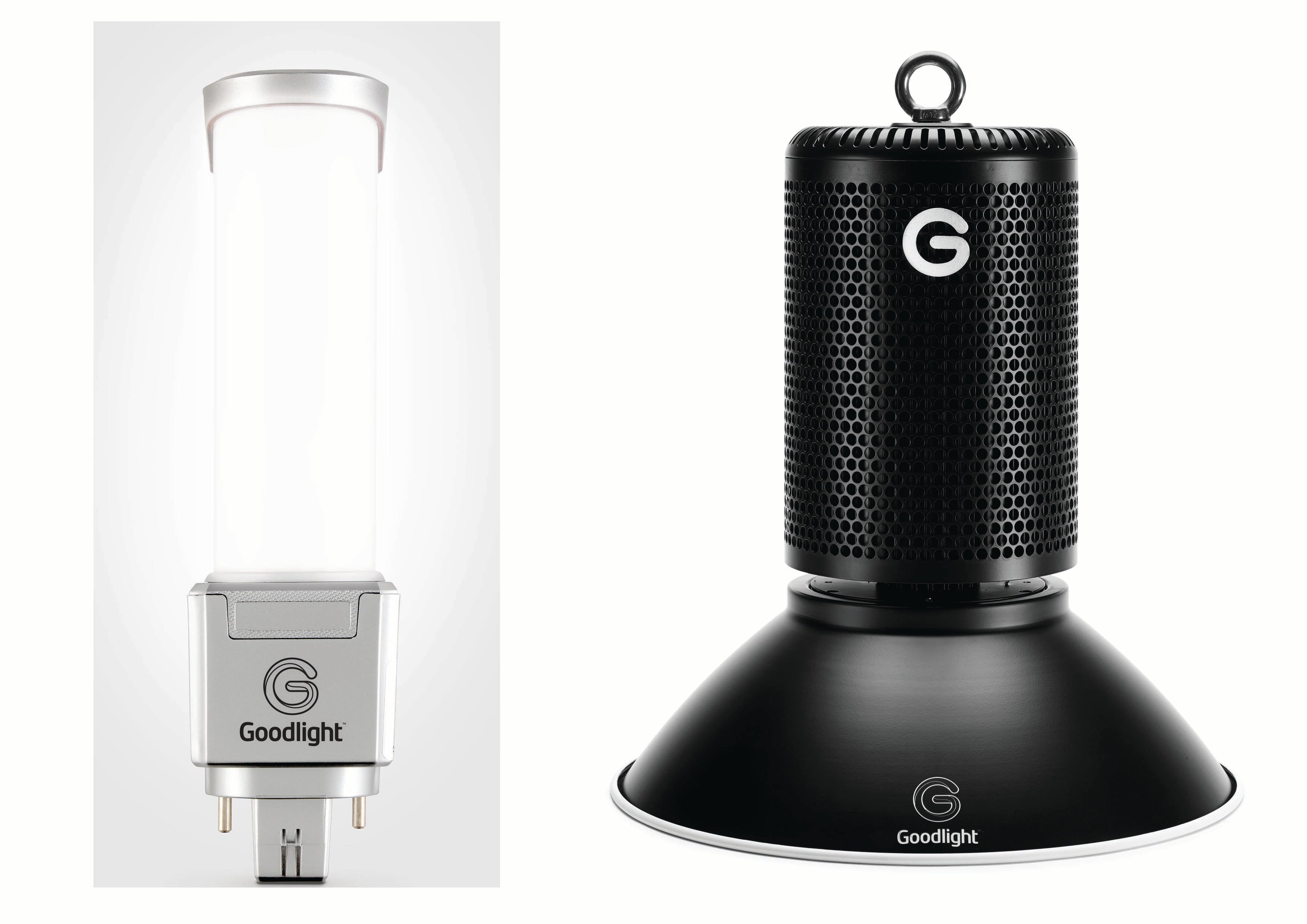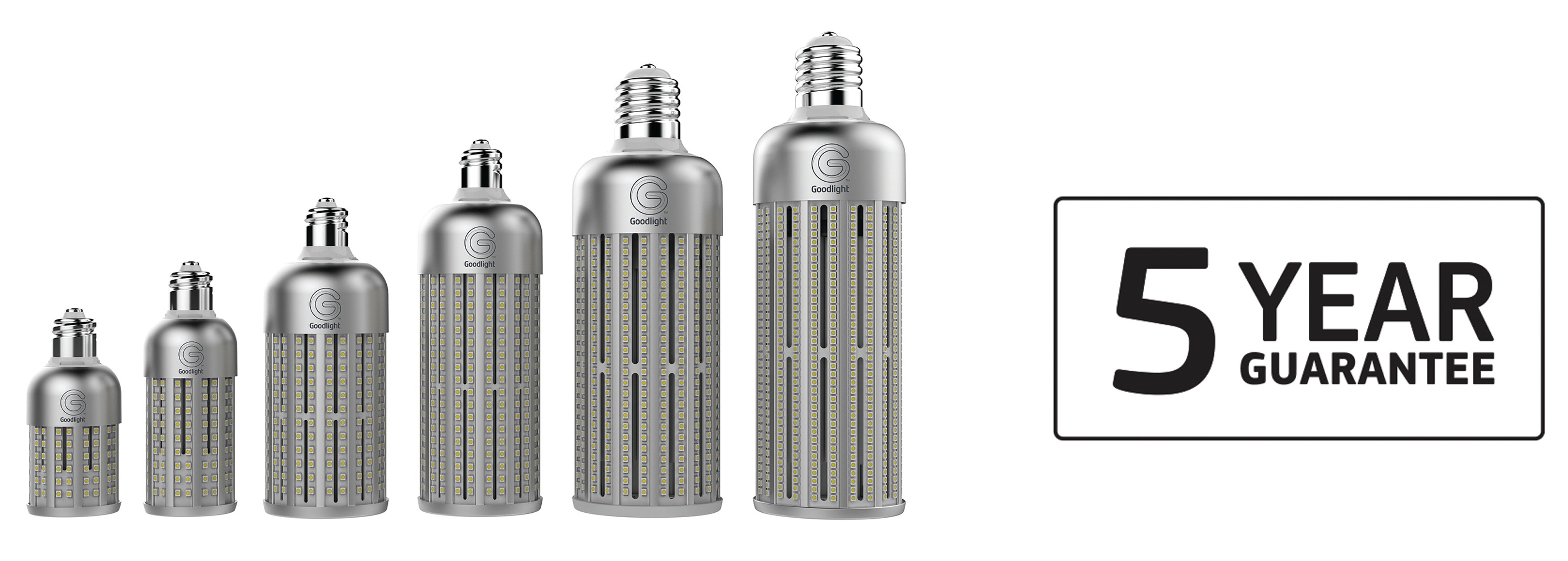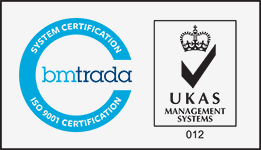Looking for the right LED Lighting Supplier? Choose wisely.
LED Eco Lights’ co-founder, Saima Shafi, advises facility management organisations on what to look for when choosing a supplier of LED lamps and luminaires.
Replacing energy-hungry conventional lamps with LED equivalents makes economic and environmental sense. LED lighting products are energy efficient and cost effective with ultra-long lifespans compared with traditional units, so making the decision to change should be an easy one. But how to choose amongst the multitude of suppliers?
LED offers significant benefits, including radical reduction of CO2 emissions and running costs, lower maintenance, long lifespan and instant switch-on. Another bonus is that the retrofitting options offered by some manufacturers means products fit straight into existing fittings, thereby reducing the scale of the installation as well as the cost. So, having made the decision to switch to LED, how do facilities managers (FM) make an informed and confident decision on the right supplier?
With all the benefits that LED technology brings, it is very easy to fall into the trap of purchasing based on grand claims rather than real-world performance. If the focus is simply cost-reduction, it can be easy to overlook the drawbacks of lower quality, which quickly eats into any potential savings on long-term maintenance costs. Also, the variability in products and performance on offer is so wide that choosing the right product and the right supplier can be a minefield.
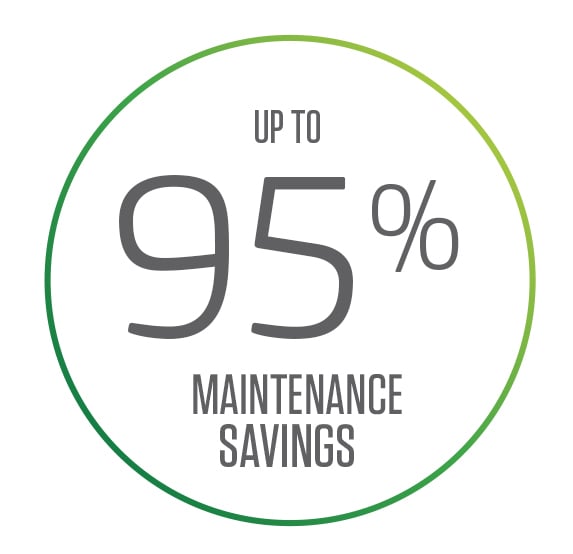
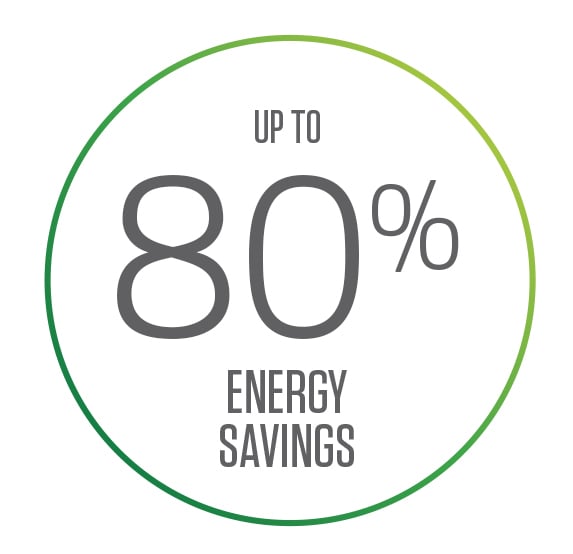
Get to know your future partner
A close working relationship between supplier and purchaser is often the key to a successful lighting project, whether for a new facility or LED replacement in existing sites. For smaller organisations, a good supplier can help facility managers and their teams design the solution and identify the right products for the job. For larger FM companies, suppliers should work closely with them developing proposals for their clients. It’s a consultative approach.
To help decide what to look for in a reliable LED supplier, facility management organisations should consider the vendor’s background, quality, performance and price. FMs new to LED lighting can gain substantial benefits by working with suppliers that already have extensive experience with facility management. Regardless of whether the buyer has LED lighting expertise in-house, the level of technical support offered by the supplier should be a major factor in the decision. Sourcing from an LED lighting specialist ensures the support of people who understand the challenges, ideally with experience of delivering LED installations of a similar style and size.

New users of LEDs should look carefully into long-term credibility of the supplier. Manufacturers develop and produce products, and invest heavily in R&D. Their engineers work within existing parameters of LED technology. Installers may not understand component configurations in detail, and elements that can alter performance often rely on specialised electronics.
Successful relationships depend on due diligence
Most FMs will already have established processes to assess supplier background. As well as basic credit checks, a look at their trading history will provide valuable insights on financial standing and past performance.
This is especially important for long-term supply contracts; also, to ensure peace-of-mind that warranties will be honoured. Some LED lamp manufacturer offer lengthy warranties, but that’s only of value if the business is stable. Look for a proven track record: ask for feedback and references from previous customers on performance and service – something a good supplier will happily provide.
As with all electrical and electronic goods, LED suppliers need to be WEEE compliant, taking responsibility for disposing of electrical waste properly and safely. With today’s numerous recycling schemes, it’s easy to comply and there is no acceptable excuse for non-compliance. Your supplier should have their WEEE membership details to hand.
Another mandatory requirement is to insist on suppliers providing CE and RoHS-certified products. Products lacking a CE mark have not passed basic electrical testing and could pose serious electrical hazards during installation and use. Potential suppliers should be able to provide copies on request.
Over and above these basic certifications, product quality is very important. After all, maintenance savings are a key reason to choose LED lighting. Poor quality diminishes the benefits. Many facility management organisations operate within comprehensive ISO qualifications and can expect suppliers to be the same.
An integral part of this is quality of manufacture. LED lamps and luminaires should be mechanically sound from the outset, showing no signs of rattling, or indications that the body is flimsy or fragile Equally important is the quality of data that suppliers provide – not only on product performance data such as power consumption, light output and ingress protection, but also information such as installation guides.
Give LEDs a tryout – but start off small
After initial paper assessment of the LEDs, reputable vendors will allow customers to trial products, either free of charge or on a sale or return basis. Trial projects offered by suppliers can help to ease FMs through the transition and gain an initial assessment of potential benefits in the future. For example, taking light output (lux) readings before and after should confirm that the product is fit for purpose.
Smooth running of a lighting project – large or small – depends crucially on stock availability. Continuity of supply is essential and quotes of six to eight weeks for stock should sound a warning signal. Leading, reputable suppliers will hold sufficient stock to cater for their customers’ ongoing and urgent needs, whether planned or not.
Once the project is up and running, After Sales Service is especially important for LED lighting. LED products offer an ultra-long lifespan, so vendor guarantees should reflect this. A confident manufacturer will provide at least three years warranty and should be able to support the warranty period with proof of live installations that have performed reliably for similar periods of time.
Of course, even the most reputable, knowledgeable and service-oriented supplier will recognise that pricing is a key part of facilities managers’ considerations. But experienced buyers know that if products seem too cheap, there will be reasons. These could include poor quality components and substandard manufacturing techniques. Low quality LEDs will cause problems such as inadequate light performance, whilst poorly assembled products can pose serious installation and safety hazards. Other common problems include unreliability, for example colour-shifting over time, rapid degradation of light output, plus high failures in large quantities and quality of light output not fit for purpose.
Such issues are frequently exacerbated by poor or non-existent after sales support. In the event of a problem, the supplier should have the resources to rectify it quickly, effectively and efficiently. Cheaper LEDs will inevitably cost more in the long run.


